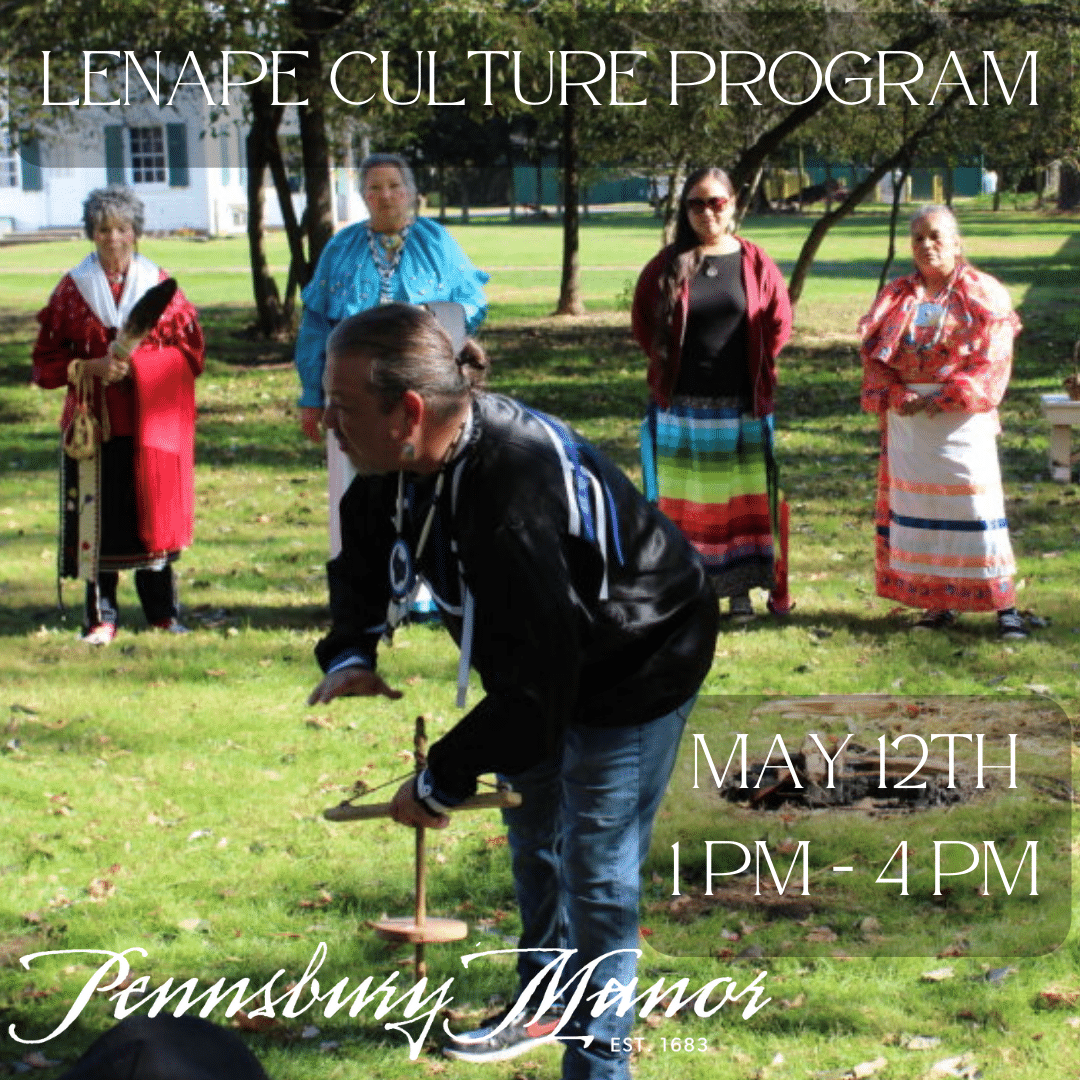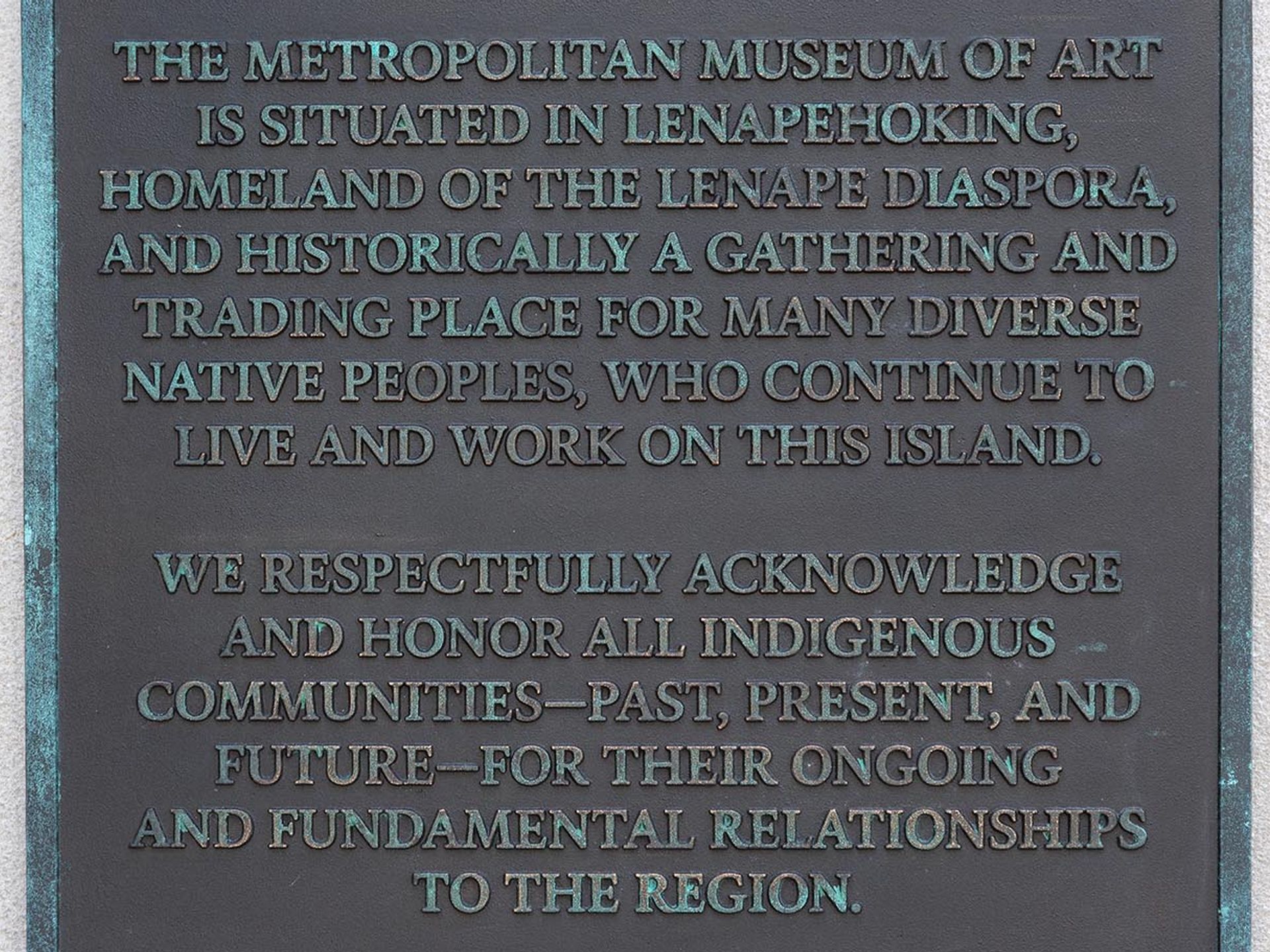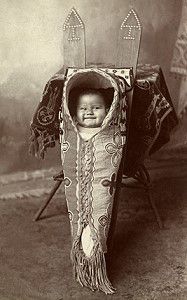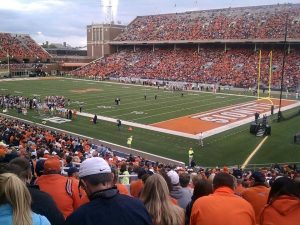The Lenape, also known as the Delaware, are one of the most historically significant Indigenous nations in the northeastern United States. Their deep connection to the land, rich cultural traditions, and enduring legacy continue to shape the region’s identity. This article explores the history, culture, and contemporary relevance of the Lenape people, offering insights into their contributions and challenges.
The Origins and Early History of the Lenape
The Lenape people have inhabited the area that is now New York, New Jersey, Pennsylvania, and Delaware for thousands of years. They were part of the larger Algonquian-speaking peoples who lived in the Northeast Woodland region. According to oral traditions, the Lenape believed they were created by the Great Spirit and were entrusted with the responsibility of caring for the land.
The Lenape were divided into three main groups: the Munsee, Unami, and Unalactigo. Each group had its own dialect and territory, but they shared a common language and cultural practices. The Munsee lived in the northern part of their homeland, while the Unami occupied central areas, and the Unalactigo were located in the southern regions.
Key Historical Events
- 8000 BC: The Lenape inhabited the region for thousands of years before European contact.
- 1609: Henry Hudson explored the area, leading to increased European interest.
- 1624: The Dutch established New Netherland, marking the beginning of European colonization.
- 1638: Peter Minuit purchased Manhattan from the Lenape, a transaction that became legendary.
- 1643–1645: Kieft’s War erupted between the Dutch and the Lenape, resulting in the Pavonia Massacre.
- 1785: The Lenape signed treaties with the U.S. government, marking a significant shift in their relationship with colonial powers.
Cultural Practices and Daily Life
The Lenape were skilled farmers, hunters, and gatherers. They cultivated crops such as corn, beans, and squash, often referred to as the “Three Sisters.” These crops were essential to their diet and were grown using sustainable methods that respected the land.
Social Structure and Governance
The Lenape society was organized around kinship and community. They practiced a form of democracy where leaders were chosen based on wisdom and service to the community. The concept of consensus decision-making was central to their governance, reflecting their values of cooperation and mutual respect.
Art and Craftsmanship
Lenape artistry was deeply connected to their environment. They created intricate beadwork, pottery, and tools from natural materials. Their clothing was made from animal hides and included items such as breechcloths, cloaks, and moccasins. The use of red ochre for face painting and the wearing of headdresses were common practices, especially during ceremonies.
The Impact of European Colonization
European colonization brought significant changes to the Lenape way of life. The arrival of settlers led to conflicts over land, resources, and cultural practices. The Lenape faced diseases, warfare, and displacement, which drastically reduced their population and disrupted their traditional ways of life.
Key Conflicts and Treaties
- Kieft’s War (1643–1645): A series of conflicts between the Dutch and the Lenape, culminating in the Pavonia Massacre.
- Esopus Wars (1659–1663): Two localized conflicts between the Lenape and Dutch settlers in New York.
- Treaty of Easton (1758): Required the Lenape to move westward, leading to further displacement.
These events marked a turning point for the Lenape, as they were forced to adapt to new realities and negotiate their place in a rapidly changing world.
Contemporary Issues and Resilience
Today, the Lenape descendants continue to navigate the complexities of modern life while preserving their cultural heritage. Many Lenape communities are actively involved in efforts to revitalize their language, traditions, and sovereignty.
Language Revitalization
Efforts to revive the Lenape language, particularly the Unami and Munsee dialects, are ongoing. Language programs and cultural initiatives aim to ensure that future generations can connect with their heritage and maintain a sense of identity.
Cultural Preservation
Cultural centers and museums play a vital role in preserving Lenape history and traditions. These institutions offer educational programs, exhibits, and events that celebrate the Lenape legacy and promote understanding among broader audiences.
Sovereignty and Rights
The Lenape continue to advocate for their rights and recognition as sovereign nations. Legal battles over land claims and treaty rights highlight the ongoing struggle for justice and self-determination.
Conclusion
The Lenape people have a rich and complex history that reflects their resilience and adaptability. From their early days as stewards of the land to their current efforts to preserve their culture and sovereignty, the Lenape remain an integral part of the American story. Their legacy serves as a reminder of the importance of respecting and honoring Indigenous peoples and their contributions to the nation.




Call to Action
To learn more about the Lenape and their contributions, visit local museums, attend cultural events, or support organizations dedicated to Indigenous rights and preservation. By engaging with the Lenape story, we can foster a deeper understanding of our shared history and work towards a more inclusive future.











More Stories
Where to Trick or Treat Near Me Today: A Halloween Guide
Understanding the Islamic Month of Sha’ban: Significance and Traditions
US Trending News: What You Need to Know About Nebraska Northwestern